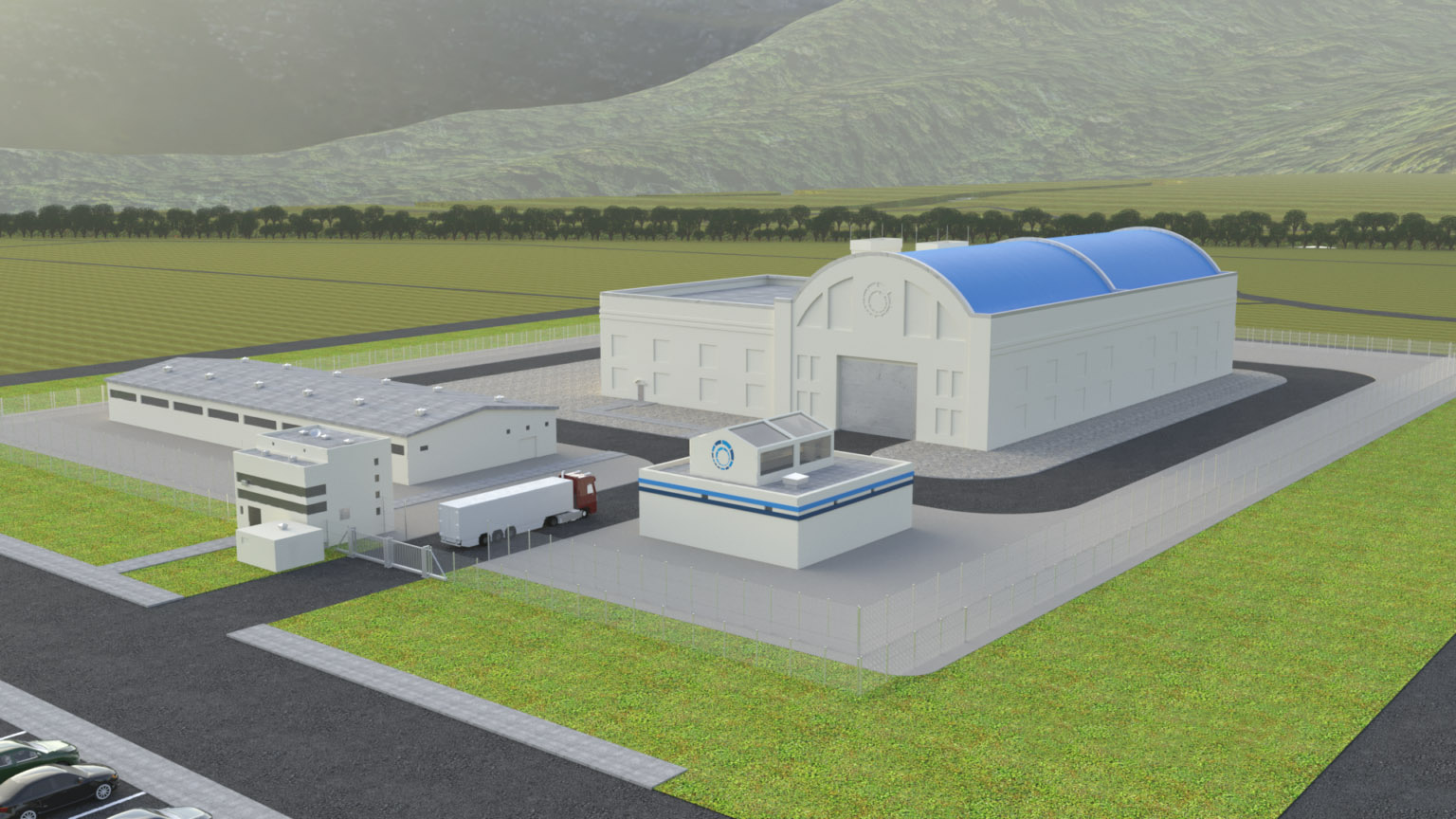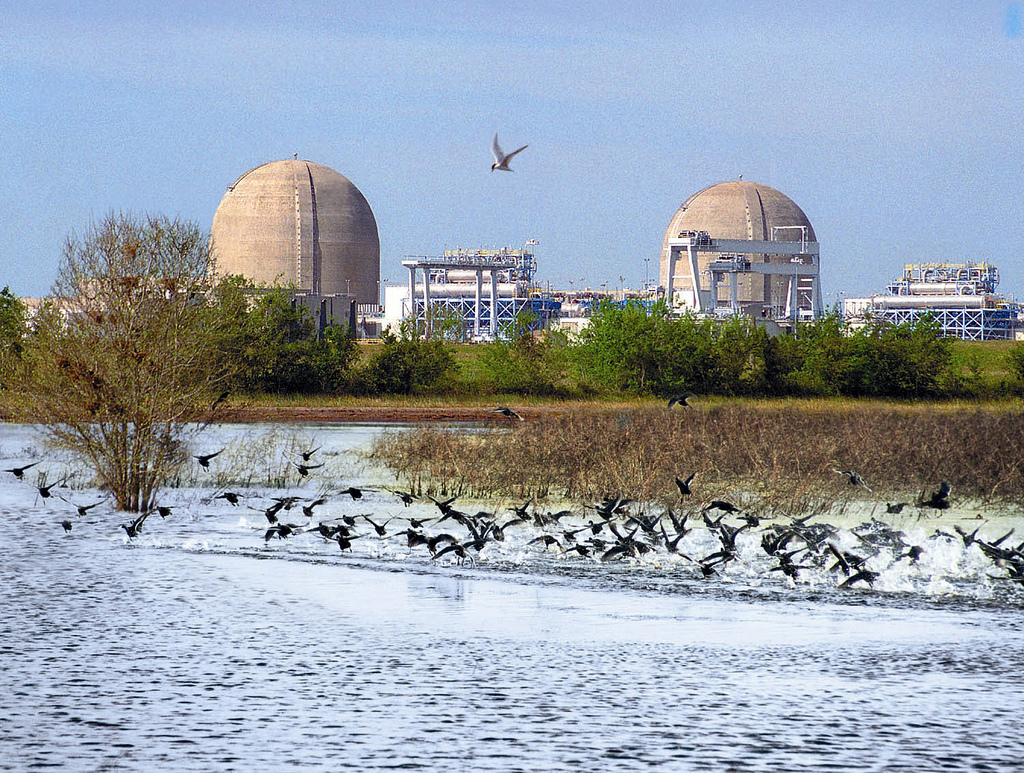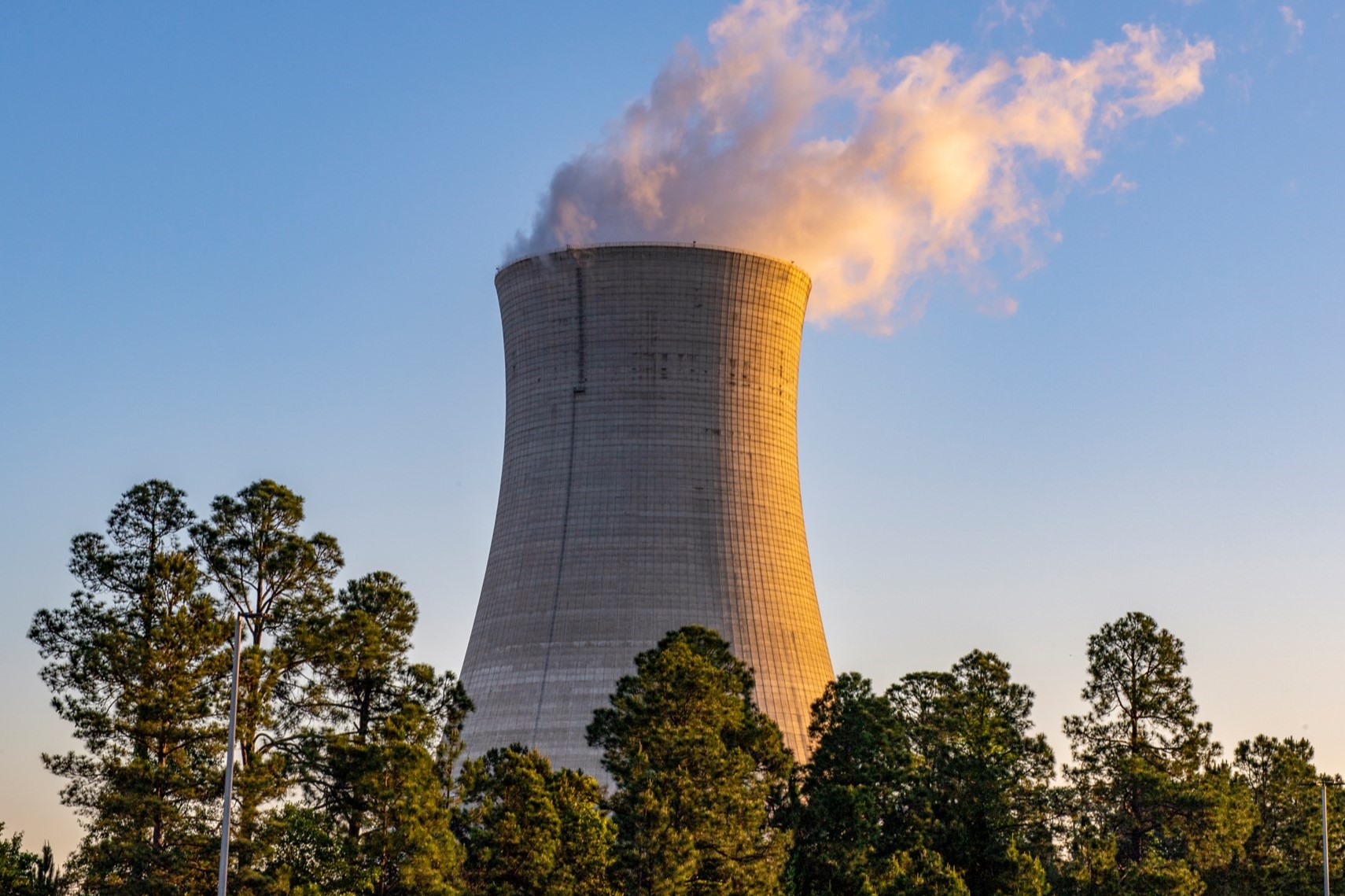A map of Norway (green) and Finland (blue). (Image: Wikimedia Commons)
Consulting company TVO Nuclear Services (TVONS), a subsidiary of Teollisuuden Voima Oyj, owner and operator of Finland’s three-unit Olkiluoto nuclear plant, has signed a memorandum of understanding with Norsk Kjernekraft, aka Norwegian Nuclear, a firm established last July with the goal of bringing small modular reactors to power reactor–deprived Norway.
A June 27 announcement from TVO said the new MOU provides the Norwegian firm with “access to the know-how and experience of one of the world’s best-known nuclear power companies” and stressed TVO’s 60 percent ownership of Posiva, the company responsible for the disposal of Finland’s spent nuclear fuel. “Posiva has successfully built the world’s first final disposal facility for high-level nuclear waste,” TVO stated. “This is decisively important for Norwegian Nuclear’s plans for the management of the entire life cycle of nuclear power.”
Comanche Peak nuclear power plant. (Photo: Meranda Cohn/Vistra)
When a technical problem with a feedwater pump at Unit 1 of the Comanche Peak nuclear power plant caused the unit to shut down temporarily on June 16, a new backup system was employed by grid operator Electric Reliability Council of Texas (ERCOT) to make up for the electricity loss.
The Rivne nuclear power plant, with Units 1 and 2 in the foreground. (Photo: Westinghouse)
Westinghouse Electric Company this week inked agreements with two of its European customers—Ukraine reactor fleet operator Energoatom and Bulgaria’s Kozloduy NPP–Newbuild, a firm established in 2012 to commission new nuclear power capacity at Kozloduy, Bulgaria’s only nuclear power facility.
A rendering of the Hermes low-power demonstration reactor. (Image: Kairos Power)
Having completed its review of the construction permit application for Kairos Power’s Hermes test reactor early last month, the Nuclear Regulatory Commission’s Advisory Committee on Reactor Safeguards (ACRS) recently submitted its conclusions to the agency, recommending approval.
The South Texas Project nuclear power plant. (Photo: Wikipedia)
Constellation Energy, operator of the largest U.S. reactor fleet, is acquiring NRG Energy’s 44 percent ownership stake in the South Texas Project nuclear plant, the Baltimore, Md.–based company announced this morning.
The Vogtle-3 cooling tower in April. (Photo: Georgia Power)
The Vogtle expansion project’s Unit 3 reactor has attained 100 percent energy output—the first time it has reached its maximum expected output of approximately 1,100 MWe, Georgia Power announced yesterday.
Seated, from left, are Patrick Fragman, CEOof Westinghouse; Łukasz Młynarkiewicz, acting president of PEJ; and Craig Albert, president and chief operating officer of Bechtel. Standing, from left, are Mark Brzezinski, U.S. ambassador to Poland; Anna Moskwa, Poland’s minister of climate and environment; and Mateusz Berger, Poland’s government plenipotentiary for strategic energy infrastructure. (Photo: Westinghouse)
Westinghouse Electric Company, Bechtel, and Polish utility Polskie Elektrownie Jądrowe (PEJ)—the three firms leading the effort to build Poland’s first nuclear power plant—have announced the signing of a new agreement that defines the main principles of cooperation on the project’s design and construction and confirms the implementation of its next major stage.
The LENOWISCO region of Virginia, being considered for future SMR siting, is in the far southwestern corner of the state. (Image: Virginia.gov )
Seven sites in southwestern Virginia have been identified as “competitive hosting grounds” for small modular reactors by a feasibility study Dominion Engineering, Inc. (DEI) prepared for the LENOWISCO Planning District Commission. (The planning district, based in Duffield, Va., serves the counties of Lee, Wise, and Scott and the city of Norton.) At a May 22 press conference at LENOWISCO’s offices, DEI chemical engineer and principal investigator Chuck Marks said the review represents the “very early stages of, does this region have what it takes to site one of these reactors, successfully deploy and successfully operate. And the answer is overwhelmingly yes,” according to an article in the Cardinal News.





.jpg)





